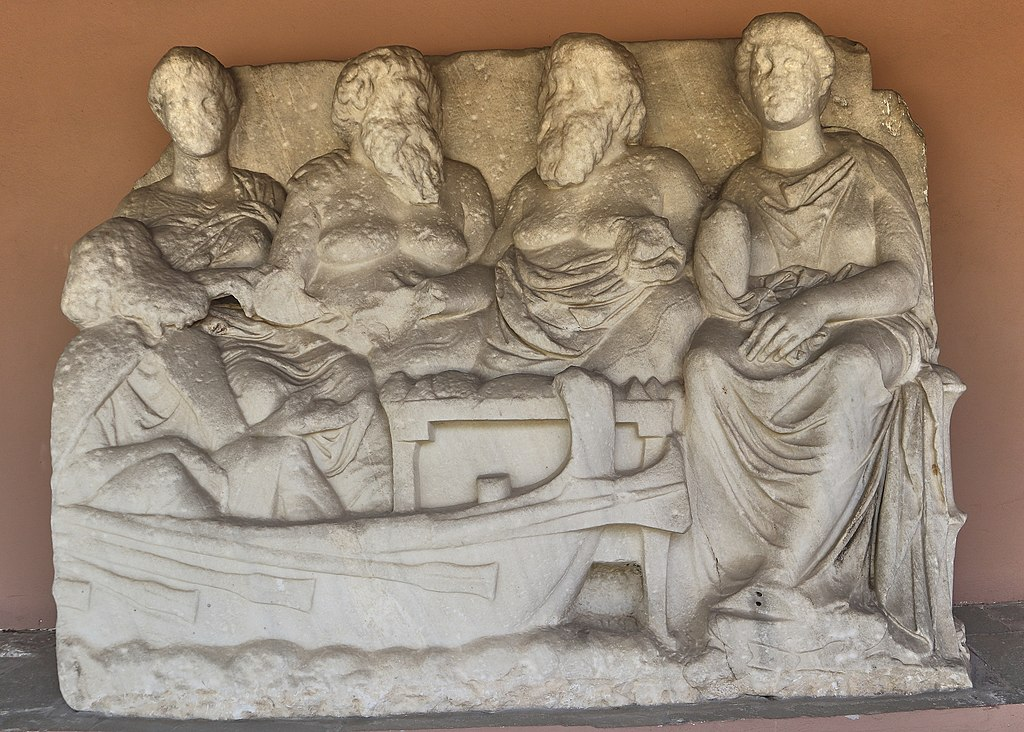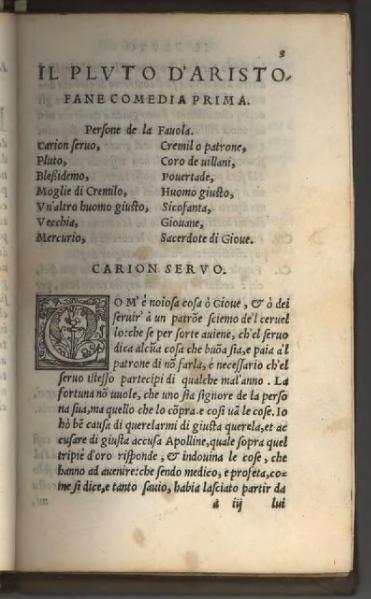Chthonic is a word related to all things underworld
The word chthonic, or chthonian, is derived from the Ancient Greek word χθών, “khthon”, meaning earth or soil. It translates more directly from χθόνιος or “in, under, or beneath the earth” which can be differentiated from Γῆ, or “g
Plutus is an Ancient Greek comedy 388 BCE
Plutus Written by Aristophanes Chorus Rustics Characters ChremylosCario(n)PlutusPeniaHermes Mute mutual Date premiered 388 BCE Original language Ancient Greek Genre Ancient Greek comedyPolitical satire Setting Classical Athens Plutus is an Ancient Greek comedy by the playwright Aristophanes, whi
Atlantes (architecture)
In European architectural sculpture, an atlas (also known as an atlant, or atlante or atlantid; plural atlantes) is a support sculpted in the form of a man, which may take the place of a column, a pier or a pilaster. The Roman term for such a sculptural support is telamon (plural tela
Terms, not to be confused with Herms…sometimes (architecture)
In Classical architecture and in art a term or terminal figure (plural: terms or termini) is a human head and bust that continues down as a square tapering pillar-like form. It is usually distinguished from a herm, which has a head and shoulders only, but the two words may be used rather
Turms, Etruscan equivalent of Mercury and Hermes
In Etruscan religion, Turms (usually written as 𐌕𐌖𐌓𐌌𐌑 Turmś in the Etruscan alphabet) was the equivalent of Roman Mercury and Greek Hermes, both gods of trade and the messenger god between people and gods. He was depicted with the same distinctive attributes as Hermes and M
herm. and Herm.
herm. is a botanical/zoological abbreviation for hermaphrodite, a sexually reproducing organism that produces both male and female gametes. Herm. following the name of a Christian saint denotes that the saint was a hermit
Klaatu, a fictional alien appearing in Marvel Comics, is a member of the extraterrestrial race called the Herm
The Herms are a race of whale-like creatures with yellow-white skin that can absorb all manner of electromagnetic energy for strength and substance, which can also allow them to briefly transform into beings of pure energy; they can apparently travel through intergalactic space in energy form. K
Statue of Hermes (five fables)
There are five fables of ancient Greek origin that deal with the statue of Hermes. All have been classed as burlesques that show disrespect to the god involved and some scepticism concerning the efficacy of religious statues as objects of worship. Statues of Hermes differed according to function
Herma
Picture this: You’re strolling through a classical Greek agora, minding your own business, when BAM! You’re face-to-face with a square pillar sporting a head, maybe some pecs if you’re lucky, and – oh, hello there! – a rather prominent set of male genitalia at eye level. Talk a
Pterion and Pteron Notes
The pterion is the region where the frontal, parietal, temporal, and sphenoid bones join. It is located on the side of the skull, just behind the temple. Structure The pterion is located in the temporal fossa, approximately 2.6 cm behind an









